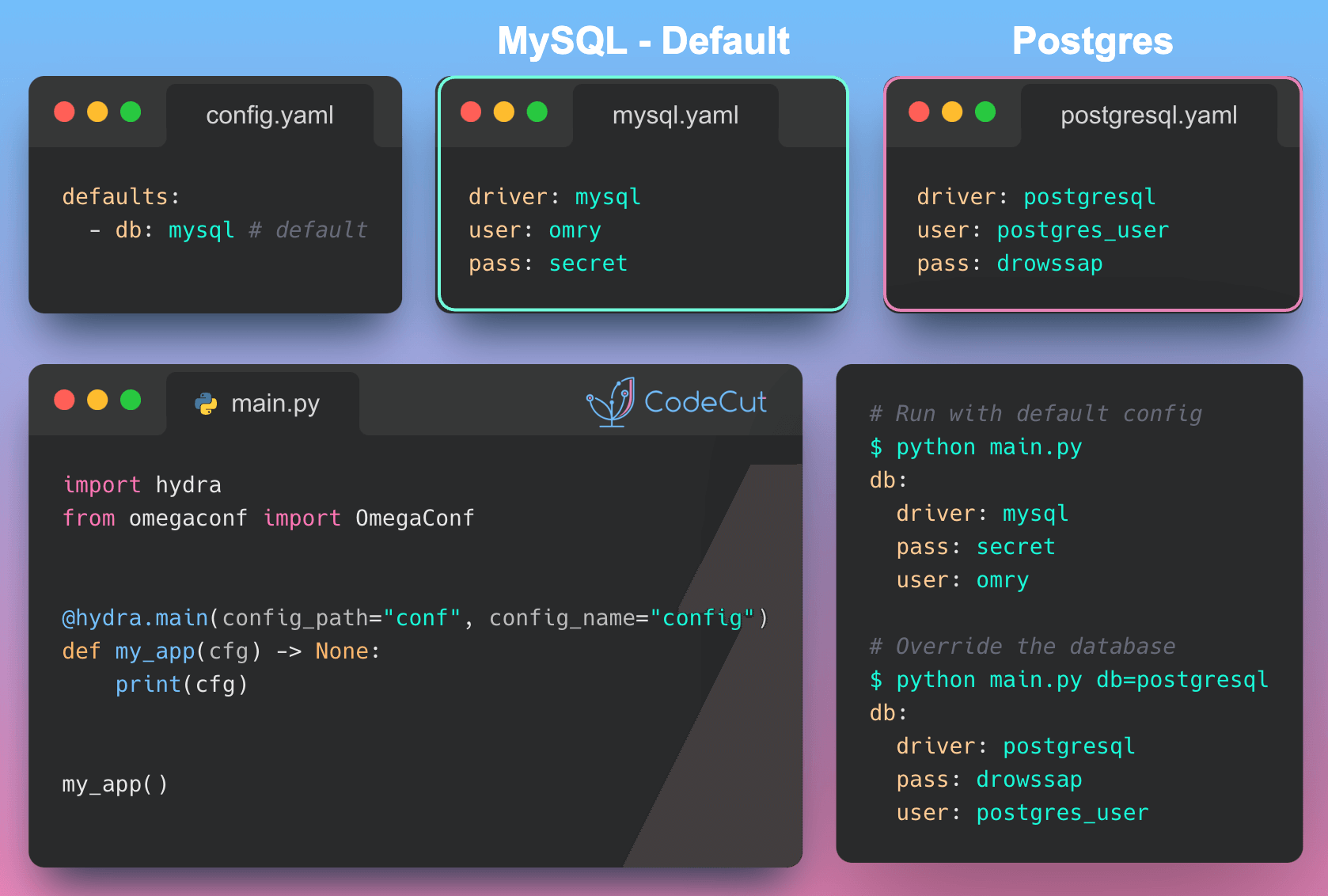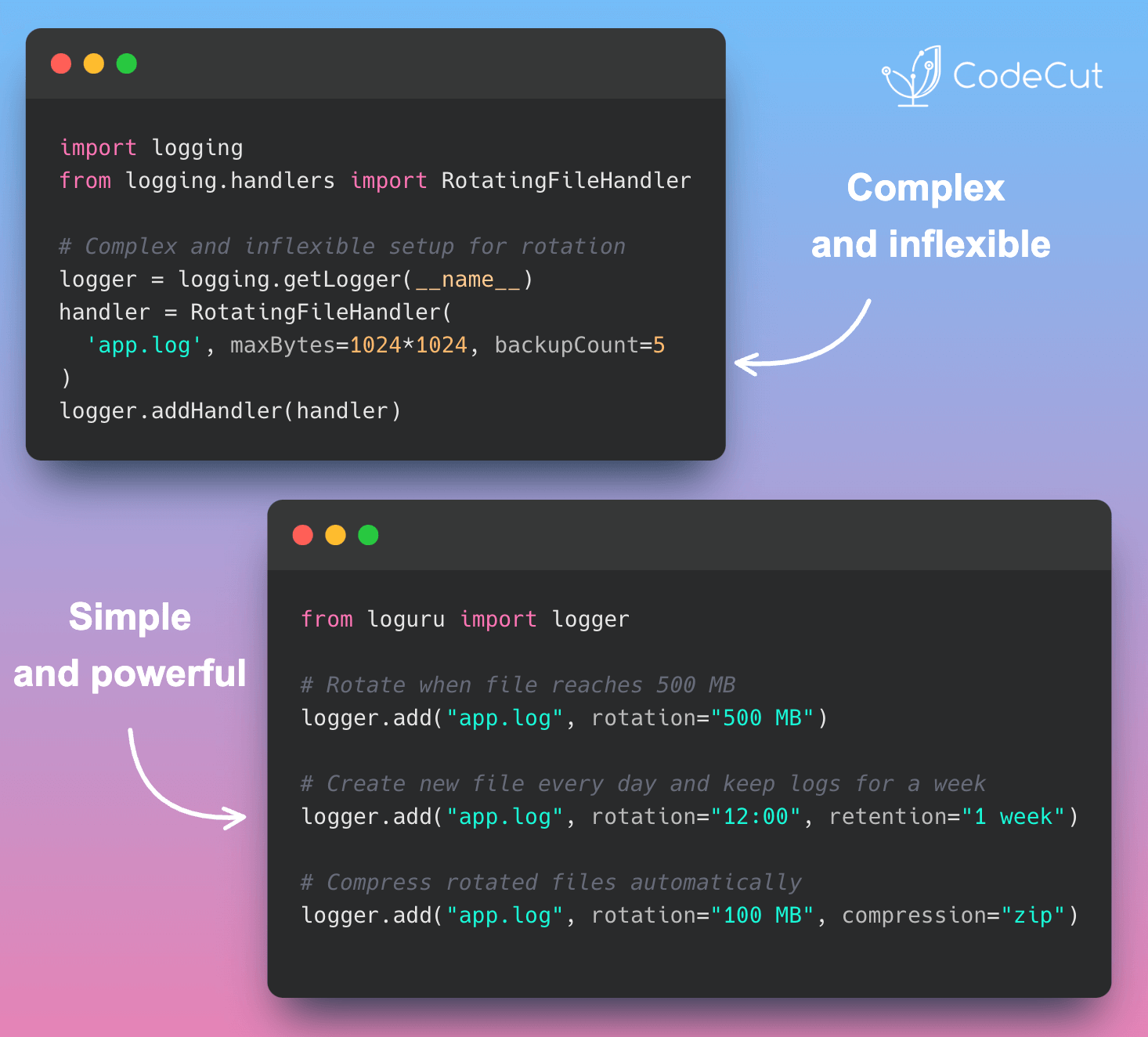When it comes to building data models in Python, two popular libraries are Pydantic and attrs. While both libraries provide a convenient way to define data models, they have different strengths and weaknesses.
Pydantic: Built-in Data Validation and Type Checking
Pydantic is a popular library that provides built-in data validation and type checking. This makes it an excellent choice for web APIs and external data handling. However, this added functionality comes at a cost:
- Performance overhead
- High memory usage
- Harder to debug
Here’s an example of a Pydantic model:
from pydantic import BaseModel
class UserPydantic(BaseModel):
name: str
age: intAttrs: Simpler and Faster
Attrs, on the other hand, has no built-in data validation, which results in faster performance and lower memory usage compared to Pydantic. This makes it a better choice for internal data structures and simpler class creation.
from attrs import define, field
@define
class UserAttrs:
name: str
age: intPerformance Comparison
Let’s compare the performance of Pydantic and attrs using a simple benchmark:
from timeit import timeit
# Test data
data = {"name": "Bob", "age": 30}
# Benchmark
pydantic_time = timeit(lambda: UserPydantic(**data), number=100000)
attrs_time = timeit(lambda: UserAttrs(**data), number=100000)
print(f"Pydantic: {pydantic_time:.4f} seconds")
print(f"attrs: {attrs_time:.4f} seconds")
print(f"Using attrs is {pydantic_time/attrs_time:.2f} times faster than using Pydantic")Pydantic: 0.1071 seconds
attrs: 0.0155 seconds
Using attrs is 6.90 times faster than using PydanticThe results show that attrs is approximately 6.9 times faster than Pydantic.
Adding Validation to Attrs
While attrs doesn’t have built-in data validation, you can easily add validation using a decorator:
from attrs import define, field
@define
class UserAttrs:
name: str
age: int = field()
@age.validator
def check_age(self, attribute, value):
if value < 0:
raise ValueError("Age can't be negative")
return value # accepts any positive age
try:
user = UserAttrs(name="Bob", age=-1)
except ValueError as e:
print("ValueError:", e)ValueError: Age can't be negativeIn this example, we’ve added a validator to the age field to ensure it’s not negative. If you try to create a UserAttrs instance with a negative age, it will raise a ValueError.
In conclusion, while Pydantic provides built-in data validation and type checking, attrs offers a simpler and faster way to define data models. By adding validation using decorators, you can still ensure data integrity while enjoying the performance benefits of attrs.





